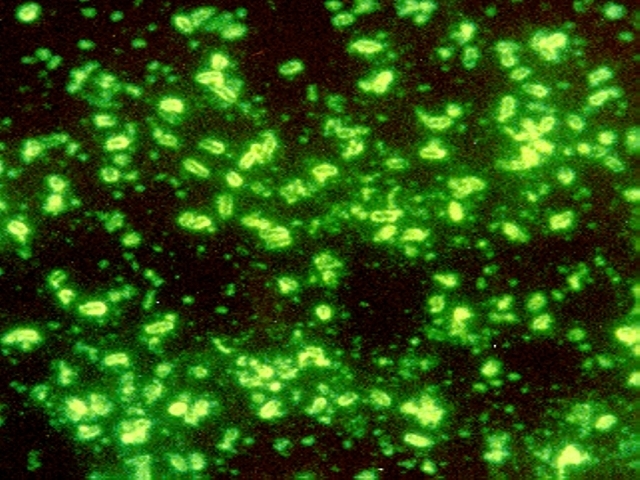Fridays are generally reserved for fun posts to share prior to the weekend. As we all know, fun is relative and to me, the latest news about how long Yersinia pestis has been entwined with human history is intriguing. I enjoy writing about the latest historical finding of Y. pestis even if I do earn a black reputation among my blogging colleagues (pun intended). Therefore, as soon as I saw the Cell article about Y. pestis found in Bronze age human teeth, I knew my blog topic was at hand.
Y. pestis has long been suspected in several plagues that occurred in the last two millennia. Publications in 2011 and 2013 used DNA extracted from teeth of human remains dated to the 14th century Black Death and 6th century Plague of Justinian to confirm Y. pestis was the causative agent in those devastating plagues. These results beg the question: How long has Y. pestis been infecting humans? The phylogenic trees generated from recent studies suggested Y. pestis has been with humans for as little as 2,600 years and as long as and 28,000 years. Equipped with these DNA-based tools, Rasmussen et al. asked if they could find evidence of Y. pestis in older human remains.
DNA was extracted from teeth of 101 Bronze Age individuals across Europe (Estonia and Poland) and Asia (Armenia and three sites in Russia) with seven individuals across six different sites having what looked to be Y. pestis sequences. Researchers determined the sequenced bacterial genomes were authentic by their highly fragmented nature and the C-T deamination present at the 5´ termini found in ancient DNA, the predominance of Y. pestis sequences in the seven positive samples and the lack of the same sequences in the negative samples that were sequenced, the similar degradation patterns for both bacterial and human genomic DNA of each individual, the assembled sequences mapped to Y. pestis strain CO93 reference genome rather than the closely related Yersinia pseudotuberculosis strain IP32953 reference genome, and the Y. pestis sequences were distributed across the genome rather than concentrated in highly conserved bacterial genomic regions.
With these identified Y. pestis genomes in seven different human remains aged 2,900–1,000 B.C., Rasmussen et al. estimated that the most recent common ancestor between Y. pestis and Y. pseudotuberculosis was 54,735 years ago, twice as old as previous estimates. Examining the known Y. pestis strains including the most recently sequenced ones, researchers estimated the most recent common ancestor for all Y. pestis strains was 5,783 years ago, significantly older than earlier calculations. Both these ancestral calculations suggested that Y. pestis has been infecting humans for longer than previously considered.
How do these older strains of Y. pestis differ from more recent strains? Examining the strains for virulence factors, the Yersinia murine toxin (ymt) gene was not present on the pMT1 plasmid. However, the most recent sample (~1,000 B.C.) did have the 19kb region on pMT1. All other previously known modern and ancient strains with the exception of three that completely lacked pMT1 carry ymt. Ymt, a phospholipase that protects the bacterium inside the flea gut, and three other genes with loss-of-function mutations, are responsible for the ability of fleas to transmit Y. pestis. Based on the lack of ymt, the ancient Y. pestis strains were unlikely to be spread by fleas.
Another virulence factor is plasminogen activator gene (pla) carried on the pPCP1 plasmid. pla is necessary for developing both bubonic and pneumonic plague, which I wrote about in a post earlier this year. For six of the seven ancient Y. pestis genomes, pla was present. However, the genome that seemed to lack pla also has the lowest sequence coverage and may likely agree with the other sequences if it had more sequence depth. Three of the Y. pestis genomes were examined for the isoleucine to threonine mutation at amino acid 259 in the Pla protein responsible for bubonic plague development. All three strains that span the timeframe of the seven genomes contained the original isoleucine residue. The presence of pla but lacking threonine 259 suggest that the Bronze Age Y. pestis strains would only cause pneumonic plague, not bubonic.
Other virulence regions including different region 4 (DFR4) was present in all seven genomes, consistent with its known presence in the Plague of Justinian and Black Death strains, but lost in the 19th century Third Pandemic strain. An effective pathogenic bacteria needs to induce and transmit infections as well as elude the immune system once in the human body. None of the known Y. pestis strains express flagellin, an activator of the innate immune system, due to a frameshift mutation in the flhD regulatory gene. However, there was no such mutation in the ~2,800 or ~1,700 B.C. Y. pestis strains but the latter strain did have partial loss of one of the two flagellar systems in bacteria.
Rasmussen et al. were not only able to find Y. pestis in skeletons older than those previously examined, but discovered these older strains were unlikely to cause the infectious bubonic plague seen in the 6th, 14th and 19th centuries. Mostly likely Bronze Age Y. pestis caused pneumonic plague and was more limited in its infectiousness because fleas were not the vector and not all the immune eluding mechanisms were in place. These discoveries add more information to the phylogeny of Y. pestis and suggest the bacterium has been with humans for nearly six millennia.
Reference
Rasmussen, S. et al. (2015) Early divergent strains of Yersinia pestis in Eurasia 5,000 years ago. Cell 163, 571–82.
Sara Klink
Latest posts by Sara Klink (see all)
- A One-Two Punch to Knock Out HIV - September 28, 2021
- Toxicity Studies in Organoid Models: Developing an Alternative to Animal Testing - June 10, 2021
- Herd Immunity: What the Flock Are You Talking About? - May 10, 2021

